PARTNERS IN KNOWLEDGE: Library Delivers on Research Resources
Written by Noelle Toumey Reetz
Written by Noelle Toumey Reetz
The Georgia State University Library is not only a repository for books and information, it is also one of the busiest spaces on campus. Sitting on the campus greenway and along Decatur Street, the Atlanta Campus library accommodates as many as 11,000 students every day. It’s also an essential partner for the research conducted by students and faculty — a role that’s evolving as fast as research itself.
“The job of our frontline librarians today is to get out into the departments, make connections with faculty, understand the research and the pedagogy that’s happening in the units they’re serving, and connect that with the resources and services we offer,” says Jeff Steely, who has served as Georgia State’s Dean of Libraries since 2015. “It’s no longer a ‘sit at a reference desk and wait for questions to come to you’ role. It’s much more being side by side with the people who are doing the research or the teaching, then looking for the gaps in the university’s information infrastructure and filling those spaces.”
A THREE-PART APPROACH TO RESEARCH COLLABORATION
Steely says he sees the library’s mission to partner with research in three main ways: through collections, expertise and facilitating conversations.
Traditionally, students and researchers may come in looking for information in the library’s expansive research databases, which include articles from peer-reviewed journals, specialized magazines and e-books. While the written word is still a primary resource, the library aims to create opportunities for students and researchers to regularly connect with the greater Atlanta community.
“Many of our faculty and grad students are working across disciplinary boundaries, so we are always thinking of ways to create a venue for people to come together and share ideas,” says Steely. At Georgia State, that may happen at a book talk, a data workshop, an intentionally informal faculty gathering, or by way of a recommendation from a library expert.
“I believe an important function of our library professionals is to serve as a bridge in the social network of campus researchers,” says Steely. “Librarians are in a unique position to hear an idea, a question, a need in one disciplinary area and carry that into a conversation in another department.”

Each student and researcher on campus has a liaison librarian assigned based on the subject matter they are working with. As head of Research & Engagement, Laura Carscaddon leads the subject librarian teams that work as a one-stop shop for the research community. She says each research project will look different. Often, liaisons will talk through questions with a research team to help determine what will best serve their needs.
“Someone might come to us and say, ‘I need articles on a particular topic,’” says Carscaddon. “But what they really need is actually something else.”
“We get so much interdisciplinary work at Georgia State that you might have a nursing professor who’s working on something that has really close ties to sociology, so just as our researchers work together, our team collaborates as well,” says Carscaddon. She says her group’s secret to success is just being open to trying something new to find a solution.
“It’s difficult to overstate the impact that the library has on research, scholarship and creativity here at Georgia State,” says Tim Denning, vice president for research and economic development. “It’s such a vital part of our university community that supports the collective success of our faculty, staff and students.”
1948
3.3 Million
1 Million
Top Left: The main area of the library welcomes visitors to study and collaborate on research. Top Right: The Special Collections & Archives (SCA) department contains around 40,000 linear feet of physical materials, including nearly 10 million photographic negatives and prints. Bottom Left: The library offers dynamic spaces across the building, including the Quiet Study Floor. Bottom Right: Newly designed tech spaces include editing bays and sound studios for podcast and music recordings.
First Image: The main area of the library welcomes visitors to study and collaborate on research. Second Image: The Special Collections & Archives (SCA) department contains around 40,000 linear feet of physical materials, including nearly 10 million photographic negatives and prints. Third Image: The library offers dynamic spaces across the building, including the Quiet Study Floor. Fourth Image: Newly designed tech spaces include editing bays and sound studios for podcast and music recordings.
SUPPORTING STUDENTS
Jennie Burnet is a sociocultural anthropologist who studies aspects of war, genocide and racial violence. She says librarians regularly present in her classes to educate students on information literacy, help them make the most of the wide array of databases and learn how to manage their own information.
“As I tell my students, research librarians are superheroes,” says Burnet. “They know how to help you find the information you need for a project and will show you how to do things so that you can do them on your own the next time.”
Burnet says librarians have developed library guides for specific courses, delivered custom presentations to her team of students and worked with classes to code large sets of qualitative data using NVivo, a software program used for qualitative and mixed-methods research.
As data becomes an increasingly crucial part of research for many scholars, the library is expanding new, state-of-the-art services to support those research efforts.
DELIVERING ON NEXT-GENERATION DATA SKILLS
Last March, the library created a new dedicated Research Data Services (RDS) department to help researchers not only connect to and analyze data, but use it to tell a compelling story.
Mandy Swygart-Hobaugh heads the group and says it offers a wide range of services for both qualitative and quantitative research.
“We are mainly here to support Georgia State researchers, whether they’re students, faculty or staff, in doing the data part of their research. So, it could be finding data, collecting new data, analyzing or visualizing data. It really runs the gamut,” she says. “The department can also offer help with organizing, cleaning and managing data.”
The goal is to make working with data less intimidating for students and faculty alike. The department also offers courses through which users can earn digital badges in subjects like Python and NVivo. These are some of the most in-demand skills, so it is also an investment into the university’s commitment to student success.
“You have these students saying, ‘What do I do with this insane amount of data? I don’t even know what’s important.’ That’s where RDS becomes very helpful,” says Ian Webb, director of communications for the library. “We also have some very high-powered, specialized equipment that facilitates this work.”
The library’s RDS department offers badges in data storytelling and data visualization to help practitioners share their work in a way that will engage their audience.
They offer dedicated spots where you can share those stories in a highly visual way.
Users can bring their research to the library’s Collaborative University Research and Visualization Environment — known as CURVE — which offers a 24-foot wide interactive video wall and includes multiple workstations with high-powered computers. Nearby, visitors will find other new tech spaces that offer video conferencing, a VR lab and editing bays for podcasting and video.
1,000+
14
WINDOW TO THE PAST AND THE FUTURE
The library also offers physical and digital collections that attract a wide audience. The Special Collections & Archives (SCA) department contains around 40,000 linear feet of physical materials, including nearly 10 million photographic negatives and prints. It is filled with primary sources to help researchers tell the story of Atlanta and the history of the region. It houses collections including Atlanta Civic & Neighborhood History, The Atlanta Journal-Constitution Photographic Archive, the Southern Labor Archives, Women’s Collections and the Music & Popular Culture Collections, among others. SCA also holds the University Archives.
The library’s digital collection is a window into these holdings, providing surrogates for a portion of these items, plus some unique materials from other collections or, increasingly, materials that were “born” in digital form.
Looking ahead, Steely says there are other trends he envisions the library playing a key role in. Artificial intelligence provides promise for both research, such as processing “big data,” and for the work of libraries, where Steely can imagine research libraries using AI to create metadata for massive collections of digitized photographs. He also sees the library partnering with researchers as they prepare their data for sharing to meet emerging federal data sharing mandates.
“As we think about the library of the future and what that looks like, the library continues to be an important investment for the university,” says Steely. “We’re as busy as ever and our staff is working side by side with the people who are doing the research. That can really be transformative.”
Photos by Meg Buscema

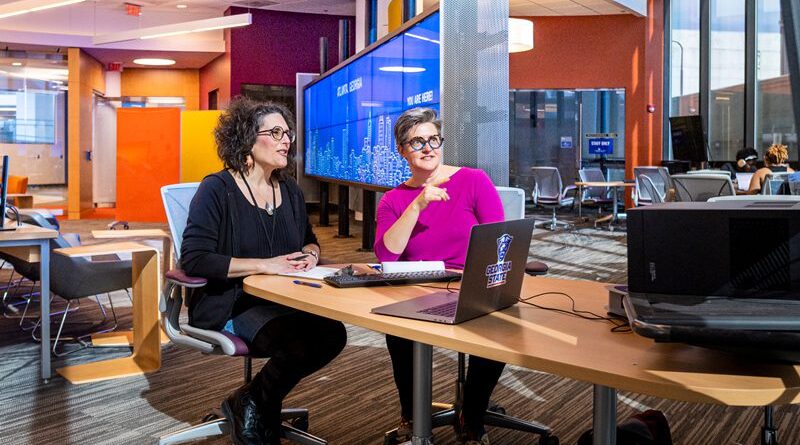
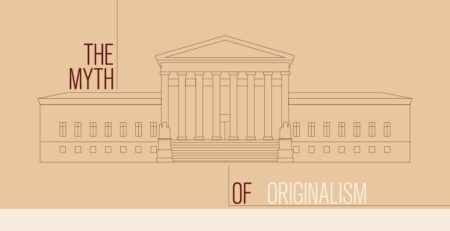
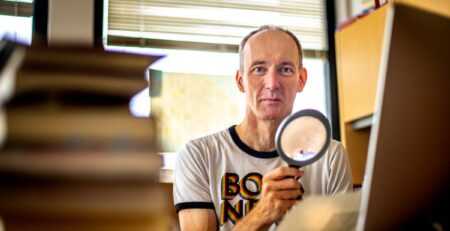
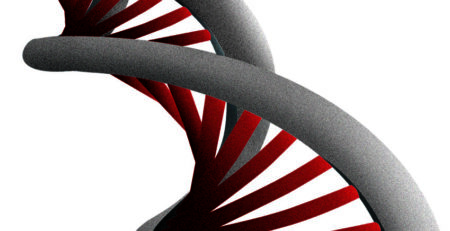
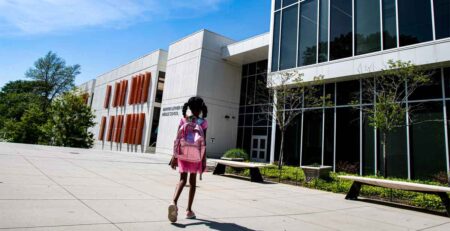


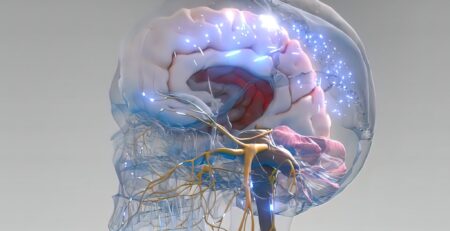

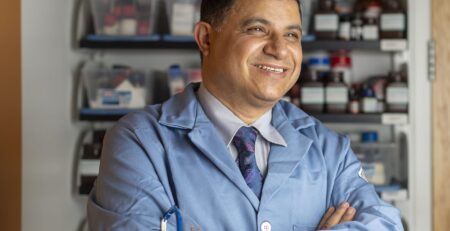
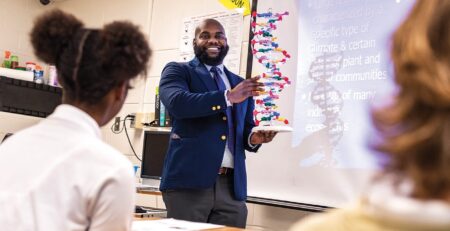
Leave a Reply